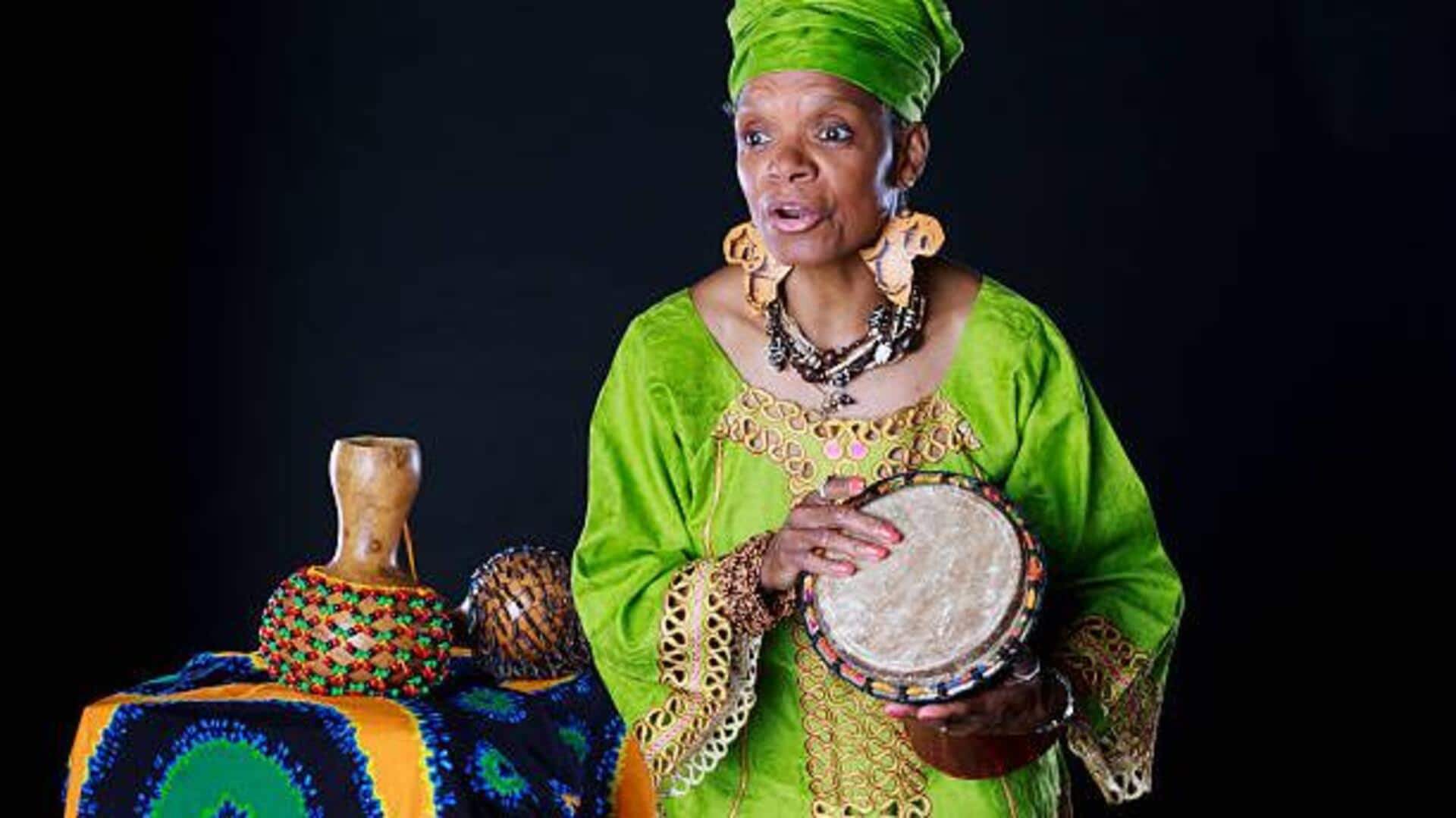
How to perfect the art of traditional storytelling
What's the story
Traditional African storytelling is a treasured cultural practice that has been passed down generations.
It is an art of narrating tales that often carry moral lessons, historical accounts, and cultural values.
However, to create performances like a pro, one must know the nuances of the oral tradition.
Here are tips to master traditional African storytelling by focusing on key elements.
Cultural insight
Understanding cultural context
To nail traditional African storytelling, it's important to have an in-depth understanding of the culture where these stories come from.
Every region in Africa has its own folklore and traditions dictating storytelling styles.
Get acquainted with local customs, languages, and historical backgrounds to bring authenticity to your performance.
This knowledge not only enriches your narrative but also ensures a deeper connection with your audience.
Expressive skills
Mastering expressive techniques
Expressive techniques are critical in making stories come alive in performances.
Use vocal variations to portray different characters and emotions within the story.
Body language is equally significant; gestures can stress on points or describe actions vividly.
Practice these skills consistently to improve your ability to enthrall audiences with dynamic storytelling that connects with them emotionally.
Audience connection
Engaging your audience effectively
Engagement plays a major role in traditional African storytelling performances.
Get your audience involved by asking them to respond at specific points, or echo words after you.
This keeps listeners on their toes and engaged during the whole journey of the story.
Also, mind your eye contact, as it creates a bond between you and your audience members.
Musical integration
Incorporating music and dance elements
Music and dance form an important part of most African storytelling traditions.
You can add more rhythm and atmosphere to your performance by incorporating simple musical instruments like drums or rattles.
Even dance movements can be used strategically during transitions or climactic points in the story structure itself, making it more visually appealing and impactful for those watching closely.